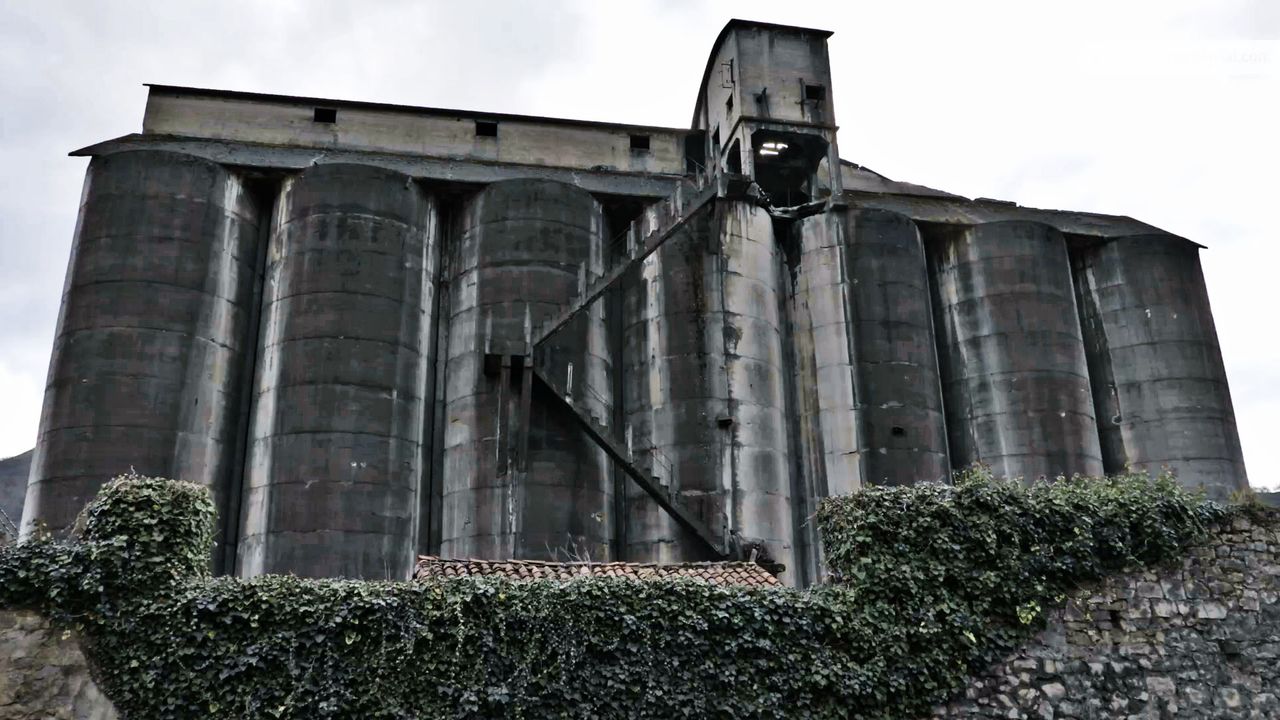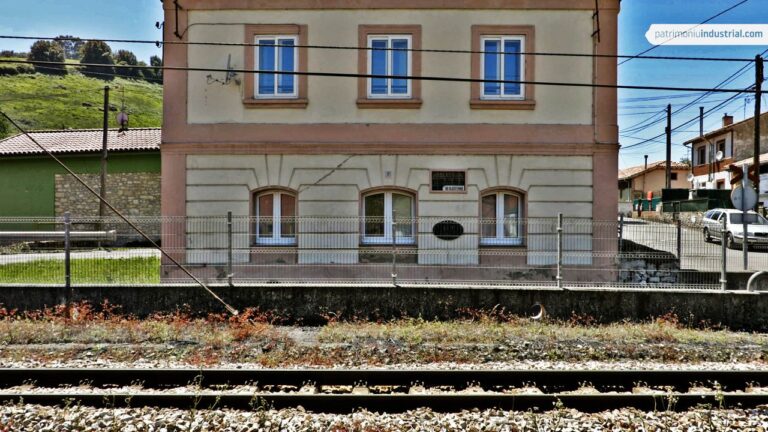Transport
The manufacture of synthetic cement arose in Spain linked to the introduction of reinforced concrete. The first factory dedicated exclusively to the production of this construction material was set up in Asturias by the company Sociedad Anónima Tudela Veguín, constituted in June 1898.
A few years later, in 1903, the Portland cement and hydraulic lime factory of the company M.C. Butsems y Fradera began its activity. It was located in Garraf, Sitjes (Barcelona), near the railway line from Valls and Villanueva to Barcelona, where it had its own halt. Its continuous firing furnaces were capable of producing 100 tonnes per day. This production was stored in its silos with a capacity of 3,000 tonnes.
In order to ensure the supply of fuel for its factory, Cementos Fradera acquired a group of mining concessions from the local businessman Cándido Blanco Varela in Laviana in the 1920s. The cement factory had mining groups in the capital of the municipality and in the towns of Tolivia and Ribota. These groups were linked by a tramway known by the name of its locomotive, "La Campurra".
The production was transferred to a space located near the Langreo Railway station, on the outskirts of Laviana, where it was temporarily stored in silos, awaiting transport to Gijón’s seaport. It is a large structure made up of fourteen cylindrical reinforced concrete containers with a common roof and supported by pilasters of the same material. The loading was carried out at the top by means of an endless cable system and the unloading was carried out at the bottom, where the load was tipped onto the wagons. They ran along an auxiliary track that was connected with the main Langreo Railway line.
Because of this unusual way of storing coal in Asturias, the Fradera hoppers are a very valuable piece of heritage. This peculiarity was due to the company that promoted them. This is a feature of cement factories where hoppers evolved from the first square-shaped structures and were replaced, shortly afterwards, by cylindrical containers.
PHOTO GALLERY






Recent Comments